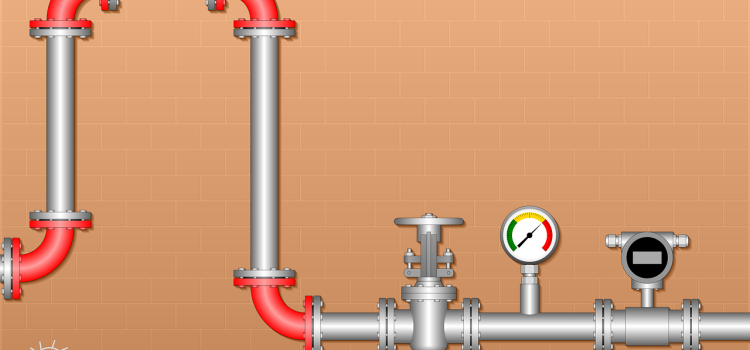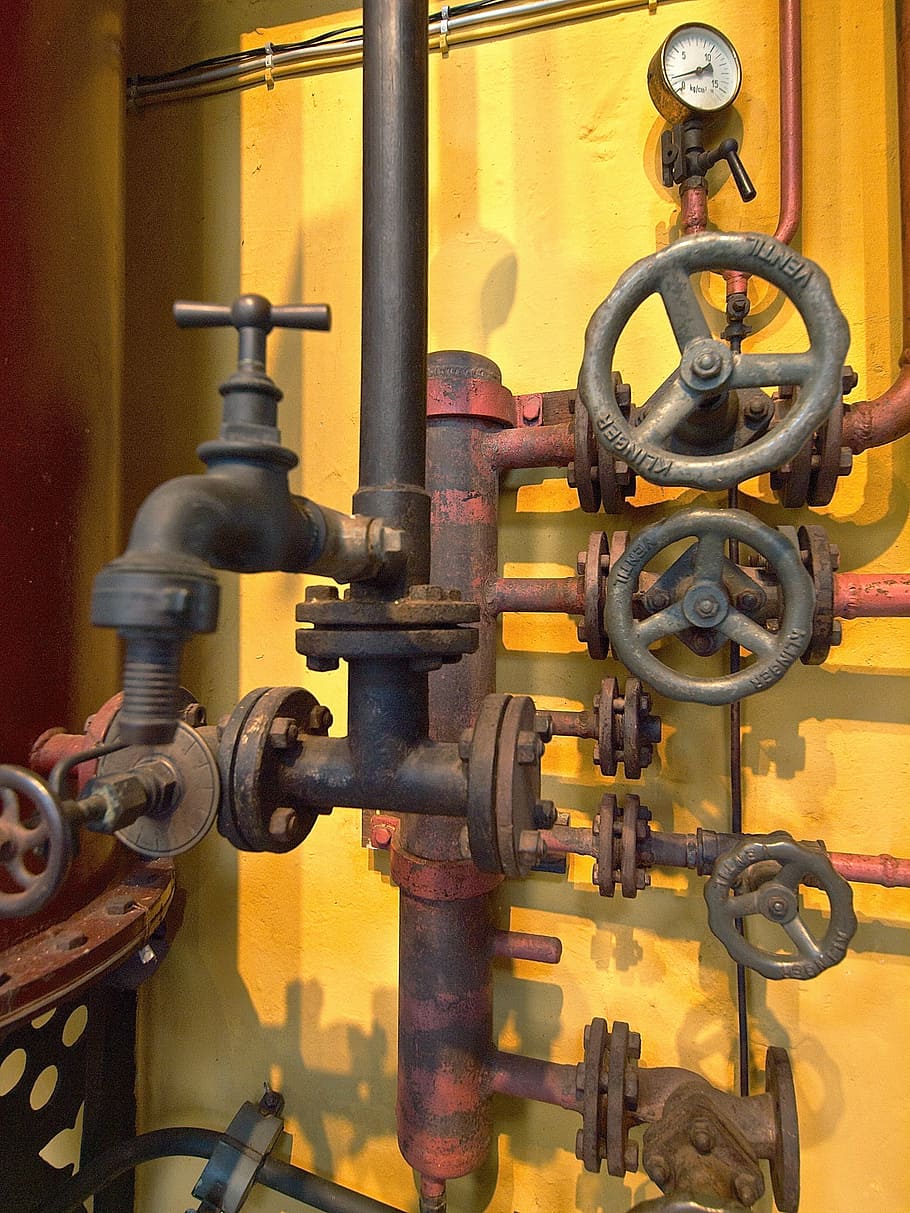
What Is a Gate Valve Used For
The gate valve, also known as a straight-through valve, is a valve with a shutter that can be found in most distribution networks but also in industry, heating, and plumbing, mainly because of its reliability, tightness, and its robustness.
What is a valve?
Valves are plumbing materials placed on pipes that, like a tap, are equipped with a moving part that regulates fluid flow through their body. If a tap is usually placed at the end of a pipe, the valve is placed on the pipe to isolate or open parts of the network. The functionality of several types of valves depends on the internal mechanism that authorizes, prohibits, or regulates the flow through them.
Operation and characteristics of the gate valve

The gate valve is one of the most used among the different types of valves. Its operating principle is simple since it works like a sluice gate by lowering a blade (the obturator or gate) into the valve’s body to block the flow passage, hence its first name, gate valve.
The advantage of the gate valve is that once it is raised (valve in open position), it completely clears the entire section of the pipe in the valve body, hence its other name of a gate valve (without seat, butterfly, or ball likely to clog). This operation allows a rise without slowing down the flow or drop in pressure, even in the long term (water supply network, for example).
Good to know: due to the design of the gate lifting system, the gate valve is operated by a handwheel and not by a handle (quarter turn). However, this design does not prevent the gate valve from being motorized for remote control or robotization.
Material of the gate valve
The gate valve is a full-bore valve in which the gate is made of metal, which allows it to meet specific operating conditions (pressure and high temperature) thanks to the metal/metal seal (gate on valve body) and without deformation.
Depending on the type of liquid to be conveyed, the design of the gate valve is varied (cast iron, steel, stainless steel, bronze…): this allows it to be used in many sectors (chemical and oil industries…). The gate valve is available in most common diameters in plumbing and piping with classic screwed connections or flanges.
Choosing and installing a gate valve

The choice of a gate valve is essential when the valve is to be installed as a shut-off valve rather than a control valve. The gate valve is selected based on several factors:
Pipe diameter
It goes from 15 mm (½ inch) to 300 mm (12 inches) in standard manufacture.
Nature of the fluid flowing in the system
The material of the body (cast iron, bronze, steel, stainless steel…), cover, joints, and bearings are to be chosen according to the fluid to be conveyed. The food or corrosive nature of the fluid, as well as the pressure (up to about 16 bars) and temperature (from 14°F to over 248°F), require adapted materials.
Type of installation
The type of installation must be compatible with the pipes on which the valve is to be installed. A distinction is made between valves with screwed connections and valves with flanges (flanges to be joined to the pipe flanges and tightened with peripheral bolts).
Good to know: Most of the screw-in fittings found on ball valves are standard BSP fittings (usually female) that must be fitted with a sealing compound such as an O-ring, thread, Teflon tape, or gasket paste.
Handwheel
The diameter of the handwheel is proportional to the valve’s body (from 50 to more than 300 mm), and its diameter must be considered before considering its installation along a wall or in a manhole.
Price of a gate valve
The price of gate valves depends primarily on the diameter of the valve, the material, and its ability to withstand different fluids (nature, pressure, temperature …). Count approximately $40 to $70 for diameters of 1 ¼” to 1 ½” (heating, swimming pool, etc…). Starting at about $6, you can already find in hardware stores or on the Internet gate valves in diameter (½ inch) for domestic plumbing (hot or cold water).
Good to know: a cast iron gate valve can weigh a lot (9 kg for a 40 mm diameter, 25 kg for 100 mm, and 160 kg for a 300 mm diameter.



